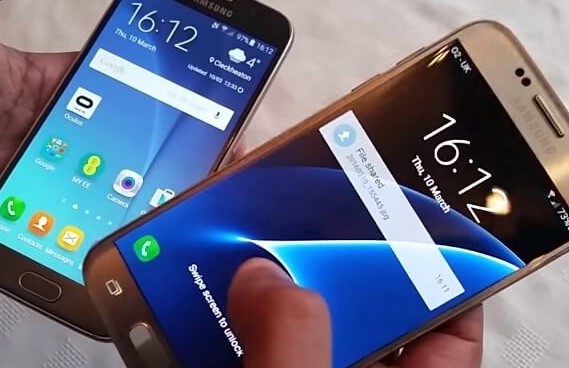It’s frustrating to lose several hundred dollars on a high-end smartphone and find that the fluid and fast performance you’ve been hoping for remains elusive. Intermediate ranks and the budget segment of the market are even more prone to stuttering and delay. There are different ways to speed up the performance of Android and some steps to take to speed it up.

Make sure you’re up to date
The latest software often contains bug fixes and general improvements, which can help your Android device work better. Software updates tend to come on OTA (Over The Air) and you should be automatically prompted to install them, but nothing prevents you from checking. Go to Settings> About Device> Software Update and check for updates.
The same logic applies to applications. Launch the Play Store, open the menu at the top left, tap My apps and make sure all apps you use are up to date.
Clean your home screen
If you choose to use live wallpapers, consider replacing it with a good static image. You must also clean up any unused icons and limit your widgets to the essentials. The less crowded your home screen is, the better the performance.
Uninstall and disable unused applications
You do not want to allow applications you never use to take up space on your device and potentially use system resources. Go to Settings> Applications and slide your finger on the All tab. Take a long look at the list and identify the apps you do not want or need. If you have doubts about what they are doing, it’s time to call Google to check it.
Tap any application you do not want, then choose Uninstall or, if the option is not there to uninstall, tap Disable. Disabled applications will be listed in a new tab. You will be able to reactivate them later if you change your mind.
You should also take a look in Settings> Applications in the Running tab. Some applications want to run all the time and can seriously affect performance. Think carefully about whether you need what is listed there.
Disable or reduce animations
You can make your Android device brighter by reducing or disabling certain animations. To do this, you must enable the development options. Go to Settings> About Phone and scroll to the System section to search for the build number. Hit it seven times and you should see a developer status message. You can now go back to the previous menu and you should see the development options listed under System. Go ahead and scroll down to find the window animation scale, the transition animation scale and the presenter’s duration scale. Tap each in turn and set it to .5x or off. Choose an option and find out what’s right for you, if you do not, just go back and change the values again.
Clear cached application data
Cached data for applications should help them load faster, but over time they can accumulate a lot of space and cached data might be available for applications you no longer use. Sometimes erasing cached data for an application can also help clear the flaky behavior.
If you want to choose individual applications, go to Settings> Applications and drag to the All tab, tap the corresponding application, and choose Clear cache. If you’ve decided to erase everything, go to Settings> Storage, tap Data cached, and then tap OK. Also check out CCleaner, it cleans the cache of your application and helps you to perform this type of maintenance.
Disable or reduce automatic synchronization
Most of us end up adding a list of different accounts to our Android devices and we allow them to automatically sync in the background to retrieve new data and provide us with updates. All of this timing has a big impact on performance, not to mention the battery life.
You can go to Settings and find Automatic Synchronization under Accounts and just disable it, but it will be too radical for most people. Why not just reduce the sync rate and delete all the accounts you do not really need? For many applications, such as Facebook, you need to open the app and search for settings to reduce the sync rate.
Clear the cache partition
The cache partition is separate from your application’s data cache and contains temporary files. It’s worth cleaning from time to time. You will have to start in recovery mode to do it. The method to enter recovery mode varies depending on your device, but you’ll find it easily with a quick Google search. Once in recovery mode, you use the volume keys to navigate and the power key to select an item. You will want to choose to clear the cache partition.